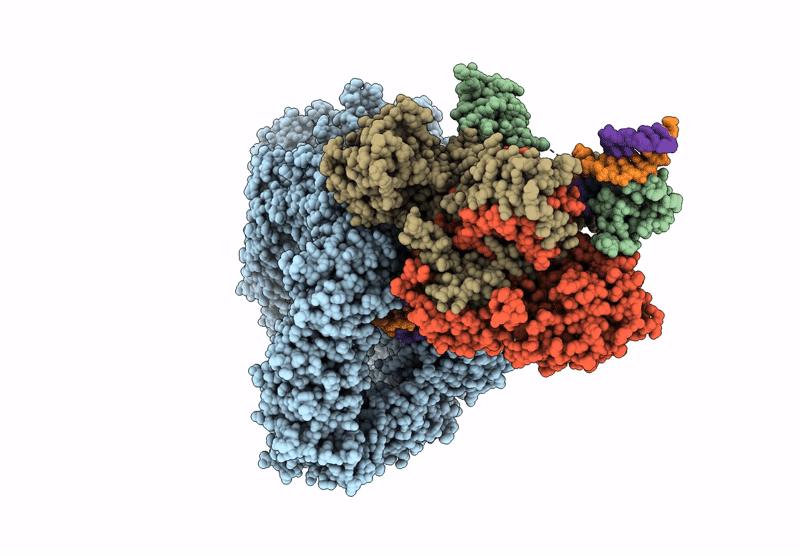
Deposition Date
2023-12-07
Release Date
2025-03-05
Last Version Date
2025-07-16
Entry Detail
Biological Source:
Source Organism:
Homo sapiens (Taxon ID: 9606)
synthetic construct (Taxon ID: 32630)
synthetic construct (Taxon ID: 32630)
Host Organism:
Method Details:
Experimental Method:
Resolution:
3.58 Å
Aggregation State:
PARTICLE
Reconstruction Method:
SINGLE PARTICLE


